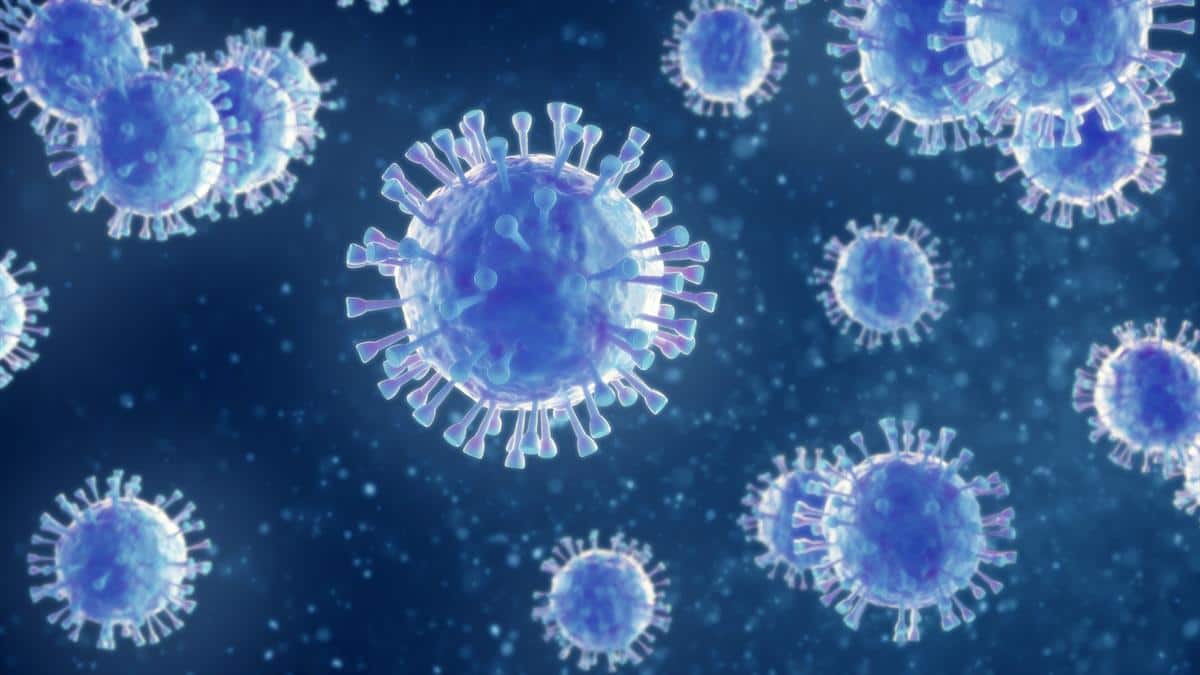Our interaction with Coronavirus may be limited to the last 18 months but the virus had crossed the path of humankind some 20,000 years ago. It is not surprising since researchers who did a study, found evidence that a coronavirus epidemic had swept East Asia some 20,000 years ago. What is further amazing is that so devastating it was, that it has left an evolutionary imprint on the DNA of people today.
What is significant is that the study suggests that this coronavirus, thousands of years ago, had prevailed in the region for several years. This implies that if the presence wave of Covid-19 is not curbed through intensive vaccination it could have dire consequences.
Talking about this, David Enard, evolutionary biologist at the University of Arizona, who led the study, was quoted in an article in The New York Times which said: “It should make us worry. What is going on right now might be going on for generations and generations.”
This study was published last week in the journal Current Biology.
The researchers till now did not delve deep into history of this family of pathogens. In the span of last 20 years, three coronaviruses have adapted to infect humans and cause severe respiratory disease. These are Covid-19, SARS and MERS, and a study of each of them suggest that they jumped into our species from bats or other mammals.
Another four coronaviruses that infect us, usually cause only mild colds. As the scientists did not observe these coronaviruses becoming human pathogens directly, they were guided by the indirect clues to guess when the jumps took place.
Since the coronaviruses gain new mutations at a roughly regular rate, so by comparing their genetic variation it is possible to know as to when they diverted from a common ancestor.
The recent one of these mild coronaviruses, HCoV-HKU1, crossed the species barrier in the 1950s while the oldest, HCoV-NL63, possibly dates back to 820 years.
Now, the trail of the virus goes cold if we go beyond that point. That was so, till Dr. Enard and his colleagues came up with a new method of search. The researchers instead of looking at the genes of the coronaviruses, checked out its effects on the DNA of their human hosts.
In the past several generations, the viruses have effected great changes in the human genome. This change or mutation was essential in order to protect oneself from viral infection, which was passed on to the offspring.
Going with this logic, the viruses too evolved and thus their proteins underwent changes to overcome the defences of the host.
According to Yassine Souilmi, the co-author the study and a postdoctoral researcher at Australia’s University of Adelaide, who was quoted by CNN said: "Viruses work by making copies of themselves. However, they don't have their own tools to do the duplication. So, they actually depend on a host, and that's why they invade a host and then they hijack their machinery to create copies of themselves.”
This "hijacking" leaves imprints on the genome. These changes may spur the host to more mutations in order to go on counter offensive.
The mutation which helps in resisting the virus quickly becomes common from one generation to the other. While this mutated version becomes prominent, the other versions become rarer. Thus that version of the gene that is dominating the rest in big groups, is taken to be the signature of rapid evolution in the past.
Dr. Enard along with his colleagues had looked at the human genome for these patterns of genetic variation to enable reconstruction of the history of the viruses. With the present pandemic striking, he wondered whether ancient coronaviruses had left a distinctive mark of their own.
This spurred his team and him to compare the DNA of thousands of people across 26 different populations around the globe. They looked at a combination of genes known to be crucial for coronaviruses but not other kinds of pathogens. Among the East Asian populations, the scientists found that 42 of these genes had a dominant version, which indicated that East Asian people had adapted to an ancient coronavirus.
This important past event seemed to have been limited to that region. According to Souilmi: “When we compared them to populations around the world, we couldn’t find the signal.”
Then the scientists were concerned as to how long ago East Asians had adapted to a coronavirus. They took advantage of the fact that with the passing of the dominant version of a gene being passed down through the generations, harmless random mutations occur.
Dr. Enard and his team found that the 42 genes all had about the same number of mutations. This meant that they had all rapidly evolved at about the same time. “This is a signal we should absolutely not expect by chance,” Dr. Enard said.
The team estimates that all of those genes evolved their antiviral mutations sometime between 20,000 and 25,000 years ago, most likely over the course of a few centuries. This comes as a surprising finding, since East Asians at the time were not living in dense communities but instead formed small bands of hunter-gatherers.




















